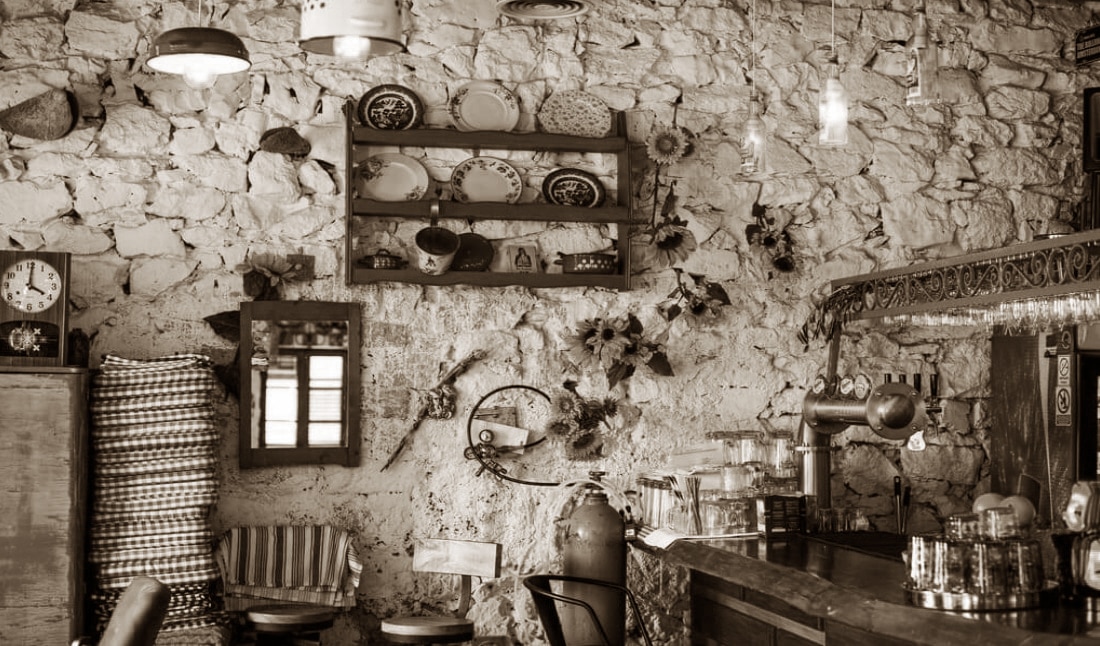
The Importance Of Texture In Interior Design
You know how you can look around a room and instantly notice that something is missing? All of the elements of a complete design are present-colour scheme, furniture, and décor items-but the overall effect is a little flat. If this scenario sounds familiar, you are not alone, and we may have the solution: texture.
Texture seems to be an afterthought in interior design for some reason, and we’re here to change that. Our reasoning: texture is what makes a room stand out. It’s what elevates a perfectly good design to enviable levels.
Don’t be concerned if this all seems unfamiliar. We’re here to give you a crash course in the significance of texture as well as how to effectively apply its design principles in your own home. You’ll be creating intricately textured rooms in no time.
What exactly do we mean by “texture”?
That’s a good question. It is frequently defined in design parlance as “the sensations caused by the external surface of objects received through the sense of touch.” Essentially, how things feel. Consider squeezing soft carpet between your toes, running your hand across a rough wooden tabletop, or sinking into leather couch cushions.
To be honest, we believe that the “sense of touch” portion of the definition should be changed to “perceived” sense of touch. Anyone who has ever watched an interior design TV show or flipped through the pages of a magazine knows that you don’t have to be in physical contact with a room to feel its power.
To be honest, we believe that the “sense of touch” portion of the definition should be changed to “perceived” sense of touch. Anyone who has ever watched an interior design TV show or flipped through the pages of a magazine knows that you don’t have to be in physical contact with a room to feel its power.
While texture may be secondary to the function of the space, it is no less important to the success of a design. Instead of the texture examples above, imagine trying to get comfortable on a granite seating set. Always think about how texture can improve the overall experience of your design.
Texture provides visual weight
If you’ve been around design, you’ve probably heard the term “visual weight” thrown around a lot. All of this means that an object-or an entire space-has the ability to draw attention to itself. This will not be an issue with a healthy dose of texture.
In color theory, a warm or cool color can affect how a space feels. Texture functions similarly. Rough textures are more likely to make a space feel intimate and grounded, whereas smooth textures are more likely to give the room a sleeker, more aloof tone.
You should also think about the placement of textures when designing your room. When you place a smooth texture next to a rough texture, the rough object will stand out more and appear heavier than if you spaced them apart. Distance can be used to determine how subtle of a visual weight you want to achieve.
Texture creates harmony
We’ve said it before and we’ll say it again: contrast is essential in design because it keeps things balanced while also providing visual interest. Consider this: when everything is too similar, our eyes have difficulty focusing and tend to glaze over. Use texture to make your most important elements stand out.
Restraint, of course, is essential, so don’t go too texture crazy. In any given space, stick to two or three distinct textures. Choose three when you want people to take in the entire space and two when you want to highlight a prominent focal point.
Texture is especially important when working with a limited color palette with very similar shades. When using a monochromatic or analogous color scheme, choose items that have a lot of contrast. They will bring a sense of harmony to the space when they come together.
Using Texture Around the House
All of your reasons for why you should use texture are valid, but it will only get you so far if you don’t know how to effectively incorporate it into your home. Here are a few ideas for adding texture to a room:
If your home has crown moulding, chair rails, or tray ceilings, make them the focal point.
Furniture: The space is defined by wooden benches, satin reading chairs, and marble tabletops.
Décor items include shadow boxes, knickknacks, and even flowers.
Floor and wall coverings: A well-placed throw rug or patterned wall design will add depth to the room.
To make the room stand out, use fabrics such as slipcovers, throw pillows, and even blankets.
A word about texture vs. pattern: These two concepts are frequently discussed together, but they are distinct—and necessary—components of design. A pattern is a visual print, whereas texture is how something feels. Instead of picking one over the other, make sure to incorporate both into your interiors.
In conclusion,
The importance of texture is clear, whether you choose a throw rug to warm up your bedroom or a wooden coffee table to bring life to your living space. It brings the room together. Texture is the element that takes your interiors to the next level. Don’t be afraid to experiment with it in your own home. Instead, use it to create interiors worthy of a magazine.
Do you think about texture when redesigning your home’s interior? What are your favorite ways to give space visual weight?
